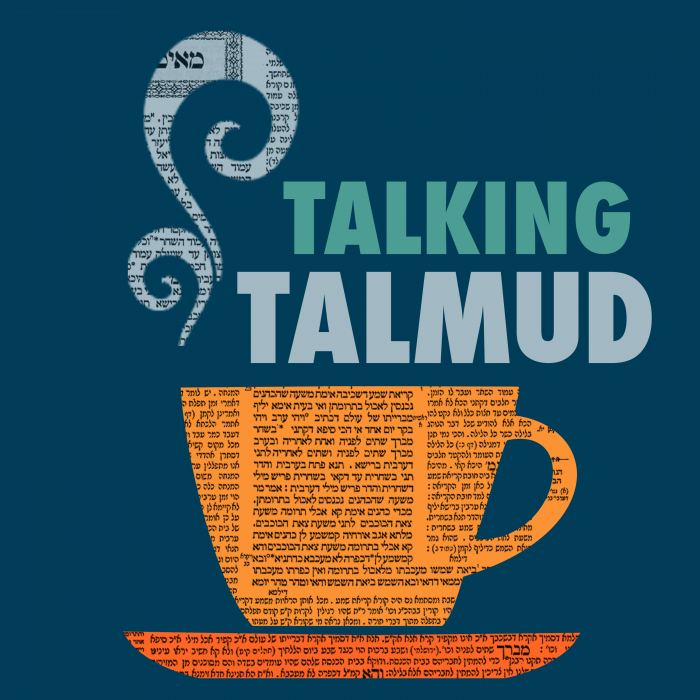Today’s daf is sponsored by Rabia Mitchell in honor of Oliver Mitchell on their 25th wedding anniversary. These past 25 years have been overflowing in joy and laughter, our 5 children, thousands of Shabbos guests, traveling with the family or simply sitting together and learning the Daf. It has all been a delight and I am so grateful for each and every day. Thank you for sharing your life with me.
What is the point on which Rabbi Yosi HaGlili and Rabbi Akiva disagree regarding the direction in which the Kohen Gadol goes when doing the placements of blood on the inner altar? The gemara brings several options and analyzes them. After that the Kohen Gadol sprinkled the blood on the “tiharo” of the altar seven times – what part of the altar is that? The Kohen Gadol now leaves the Sanctuary and spills the remainder of blood into a hole at the base of the altar. Into which hole – the Western or Southern one? Is this the same or different from sacrifices whose blood was sprinkled on the outer altar? There are different opinions brought. Is there a law of misuse of consecrated property (meila) by the blood that goes from the base and drains out to Nachal Kidron? If there is, it is only rabbinic as there are no laws of meila by blood. Three drashot are brought to explain from where this is derived in the Torah.























